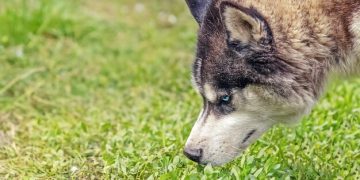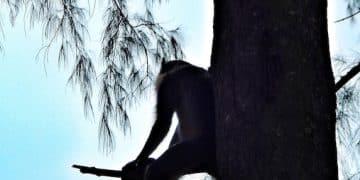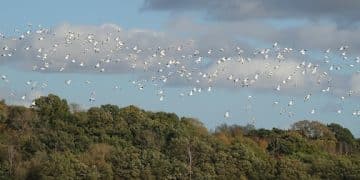Camouflage and Mimicry: 5 Amazing Examples of Deceptive Animal Behavior
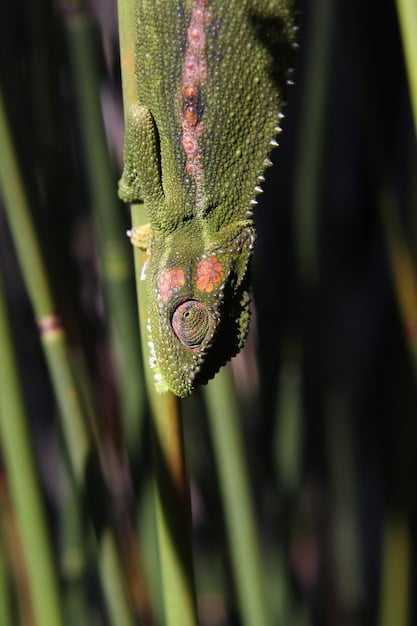
Animals use camouflage and mimicry as survival strategies, with camouflage helping them blend into their environment, while mimicry allows them to imitate other species for protection or to deceive prey.
How Animals Use Camouflage and Mimicry: 5 Examples of Deceptive Behavior demonstrates nature’s clever ways of ensuring survival. From blending seamlessly into their surroundings to imitating other creatures, animals have evolved fascinating strategies to outsmart predators and secure their next meal.
Understanding Animal Camouflage and Mimicry
Camouflage and mimicry are two survival strategies employed by animals to deceive predators or prey. These adaptations allow animals to blend into their environment or resemble other organisms, increasing their chances of survival.
These deceptive behaviors are crucial in the animal kingdom, influencing predator-prey relationships and shaping the evolutionary paths of species. Understanding how these mechanisms work provides insights into the complexities of natural selection and adaptation.
What is Camouflage?
Camouflage, also known as cryptic coloration, is the ability of an animal to blend in with its surrounding environment. This is achieved through coloration, patterns, and shapes that mimic the natural surroundings.
What is Mimicry?
Mimicry involves one species evolving to resemble another. This can include physical appearance, behavior, or even sounds, depending on the specific type of mimicry.
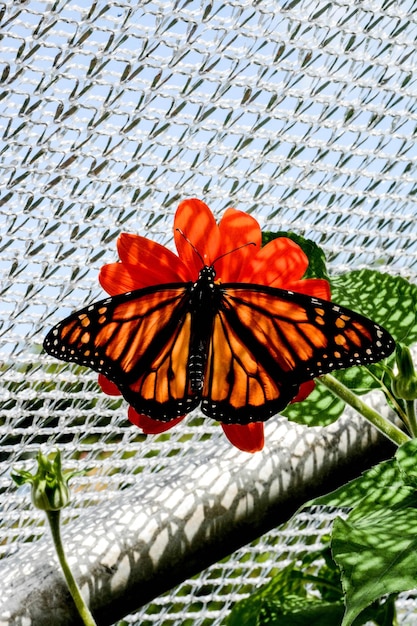
Here are different types of mimicry:
- Batesian Mimicry: Harmless species mimic harmful ones to deter predators.
- Müllerian Mimicry: Multiple harmful species resemble each other, reinforcing the warning signal to predators.
- Aggressive Mimicry: Predators mimic harmless species to lure prey.
In summary, both camouflage and mimicry are powerful adaptations that enhance an animal’s ability to survive. While camouflage focuses on blending into the environment, mimicry involves resembling other organisms for protection or deception.
The Master of Disguise: The Chameleon
Chameleons are renowned for their ability to change color, a prime example of camouflage. This adaptation not only helps them blend seamlessly into their environment but also plays a role in communication and temperature regulation.
These color-changing abilities are not just for show; they are crucial for the chameleon’s survival, allowing them to evade predators and sneak up on prey.
How Chameleons Change Color
Chameleons have specialized pigment-containing cells called iridophores within their skin. These cells contain nanocrystals that can reflect different wavelengths of light, resulting in a change in color.
Camouflage Tactics
Chameleons use their color-changing abilities to match their surroundings. For example, a chameleon in a leafy green environment might display green hues, while one on a tree bark might turn brown or gray. They can match an array of different backgrounds.
Chameleons use their camouflage skills beyond just blending in these following ways:
- Evading Predators: By matching their background, chameleons can avoid being spotted.
- Ambushing Prey: Becoming nearly invisible allows them to surprise unsuspecting insects.
- Communication: Chameleons also use color changes to signal mood or intent to other chameleons.
Ultimately, the chameleon’s mastery of disguise underscores the versatility of camouflage in the animal kingdom, demonstrating how this adaptation can serve multiple purposes.
Mimicking Poison: The Viceroy Butterfly
The Viceroy butterfly is a classic example of Batesian mimicry. It closely resembles the Monarch butterfly, which is poisonous to predators. This mimicry protects the Viceroy from being eaten by birds and other animals.
By imitating the Monarch’s appearance, the Viceroy exploits the learned aversion that predators have developed towards the toxic Monarch, enhancing its own survival chances.
The Monarch-Viceroy Resemblance
The Viceroy shares a similar orange and black wing pattern with the Monarch. This resemblance is so striking that it often confuses predators, leading them to avoid the Viceroy.
The Evolutionary Advantage of Mimicry
The Viceroy’s mimicry is an evolutionary advantage that significantly increases its survival rate. Predators that have tasted a Monarch and experienced its toxicity learn to avoid butterflies with similar patterns.
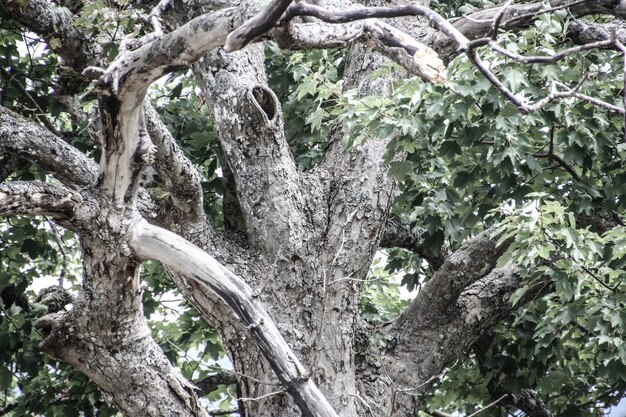
The benefits of this mimicry include:
- Reduced Predation: Predators mistake the Viceroy for the Monarch and avoid it.
- Increased Survival: The Viceroy has a higher chance of surviving and reproducing.
- Evolutionary Fitness: This adaptation contributes to the Viceroy’s overall fitness in its environment.
Ultimately, the Viceroy butterfly’s story is a compelling example of how mimicry can evolve to provide protection from predators, highlighting the adaptive power of natural selection.
Blending into the Bark: The Peppered Moth
The peppered moth is a well-known example of camouflage and natural selection in action. During the Industrial Revolution, the moth’s population shifted from predominantly light-colored to dark-colored due to pollution darkening the tree bark.
The peppered moth’s story is a classic example of industrial melanism, where environmental changes drive evolutionary adaptations that enhance survival.
Industrial Melanism
Before the Industrial Revolution, the majority of peppered moths were light-colored, which allowed them to blend in with the lichen-covered tree bark. However, as industrial pollution increased, the lichen died off, and the tree bark became darker.
Survival of the Fittest
Dark-colored moths had a survival advantage because they were better camouflaged against the dark tree bark. This allowed them to avoid predation by birds, while the light-colored moths became more visible and were more likely to be eaten.
Key points about the peppered moth’s camouflage include:
- Environmental Adaptation: The peppered moth adapted to its changing environment.
- Natural Selection: The darker moths had a higher survival rate in polluted areas.
- Evolutionary Change: Over time, the dark-colored moths became more common than the light-colored moths.
In conclusion, the peppered moth’s story underscores the dynamic interplay between camouflage, natural selection, and environmental change, illustrating how populations can adapt to new conditions over time.
The Invisible Hunter: The Praying Mantis
The praying mantis is a predatory insect that uses camouflage to ambush its prey. Its body shape, color, and posture all contribute to its ability to blend seamlessly into its environment, making it an invisible hunter.
The praying mantis is so named because of its resemblance to a praying posture, but this camouflage tactic is a critical advantage in its hunting strategy.
Masters of Disguise
Praying mantises come in various colors and shapes that mimic leaves, flowers, and twigs. This allows them to hide in plain sight, waiting for unsuspecting prey to come within striking distance.
Ambush Predation
Praying mantises are ambush predators, meaning they lie in wait for their prey rather than actively pursuing it. Their camouflage helps them remain undetected until they are ready to strike.
Ways praying mantises use camouflage:
- Leaf Mimicry: Some species resemble leaves, complete with veins and discoloration.
- Flower Mimicry: Other species look like flowers, attracting pollinating insects.
- Twig Mimicry: Some praying mantises resemble twigs, blending in with branches and stems.
Overall, the praying mantis exemplifies how sophisticated camouflage can be, highlighting the pivotal role it plays in the insect’s survival as a stealthy and efficient predator.
Deceptive Markings: The False Coral Snake
The False Coral Snake employs mimicry, resembling the highly venomous Coral Snake. This resemblance deters predators, as they avoid anything that looks like the dangerous Coral Snake.
This mimicry is a form of Batesian mimicry, where a harmless species gains protection by imitating a harmful one, showcasing the power of deception in nature.
The Coral Snake Warning
Coral snakes are known for their bright and distinctive color patterns, which serve as a warning to potential predators. These patterns typically consist of red, yellow, and black bands. Red on yellow, dangerous fellow.
The False Coral Snake Strategy
The False Coral Snake mimics these color patterns to trick predators into thinking it is venomous. While it may have a mild venom, it’s not nearly as potent as the Coral Snake’s, making the mimicry its primary defense.
Benefits of the False Coral Snake’s mimicry:
- Predator Avoidance: Predators avoid snakes with Coral Snake-like patterns.
- Increased Safety: The False Coral Snake is less likely to be attacked.
- Evolutionary Success: This mimicry contributes to the snake’s survival and reproduction.
In summary, the False Coral Snake’s deceptive markings exemplify how mimicry can be a highly effective survival strategy, contributing to its protection and evolutionary success.
| Key Concept | Brief Description |
|---|---|
| 🍃 Camouflage | Blending into the environment to avoid predators or ambush prey. |
| 🦋 Mimicry | Resembling another species for protection or deception. |
| 🐛 Peppered Moth | Evolution from light to dark coloration due to industrial pollution. |
| 🐍 False Coral Snake | Mimics the Coral Snake to deter predators. |
Frequently Asked Questions
▼
The primary purpose of camouflage is to help animals blend into their environment, making it harder for predators to spot them or for prey to detect an approaching hunter.
▼
Mimicry involves one species resembling another species, while camouflage involves blending into the surrounding environment. Mimicry is about looking like something else, while camouflage is about disappearing into the background.
▼
Batesian mimicry is when a harmless species mimics a harmful one to deter predators. The Viceroy butterfly, which mimics the toxic Monarch, illustrates this type of mimicry.
▼
The Industrial Revolution caused pollution that darkened tree bark, leading to a higher survival rate for dark-colored peppered moths, which were better camouflaged, compared to light-colored moths.
▼
Praying mantises use camouflage to ambush their prey. By resembling leaves, flowers, or twigs, they can remain hidden and strike when an unsuspecting insect comes within reach.
Conclusion
In conclusion, camouflage and mimicry are fascinating examples of how animals have evolved to survive in their environments. These deceptive behaviors showcase the power of natural selection and the endless creativity of nature.


